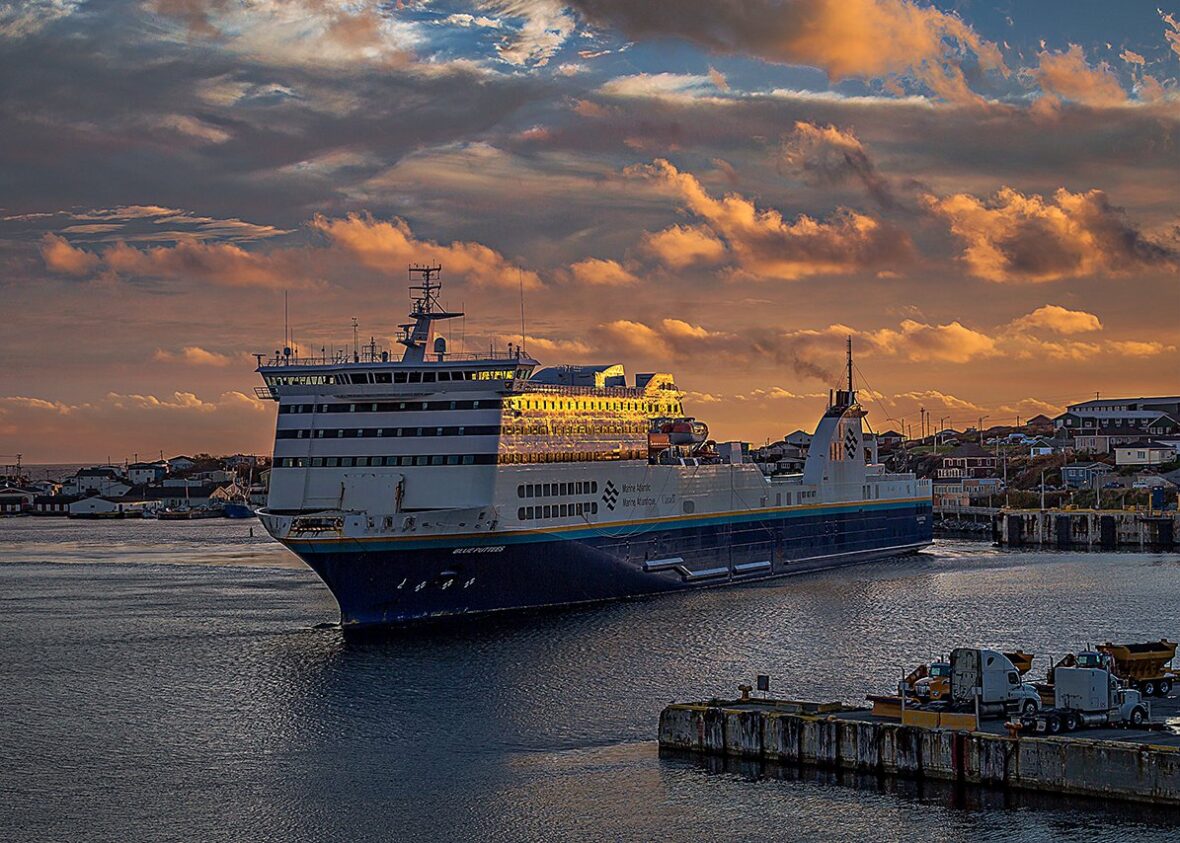Channel-Port aux Basques is a town at the extreme southwestern tip of Newfoundland fronting on the western end of the Cabot Strait. A Marine Atlantic ferry terminal is located in the town which is the primary entry point onto the island of Newfoundland and the western terminus of the Newfoundland and Labrador Route 1 (Trans-Canada Highway) in the province. Take a look below for 30 amazing and fun facts about Channel-Port aux Basques, Newfoundland and Labrador, Canada.
1. The town was incorporated in 1945 and its population in the 2016 census was 4,067.
2. Port aux Basques is the oldest of the collection of towns that make up the present-day town, which consists of Port aux Basques, Channel, Grand Bay, and Mouse Island.
3. Amalgamation took place in the 1970s.
4. Channel was settled by fisher-folk from the Channel Islands in the early 1700s.
5. Port aux Basques refers to the harbour that was a favoured sheltering and watering place for Basque whalers who hailed from the Basque region of the Pyrenees of France and Spain during the early 16th century.
6. After leaving the harbour the whalers either proceeded to the main whaling grounds off southern Labrador, or headed home to the Basque country.
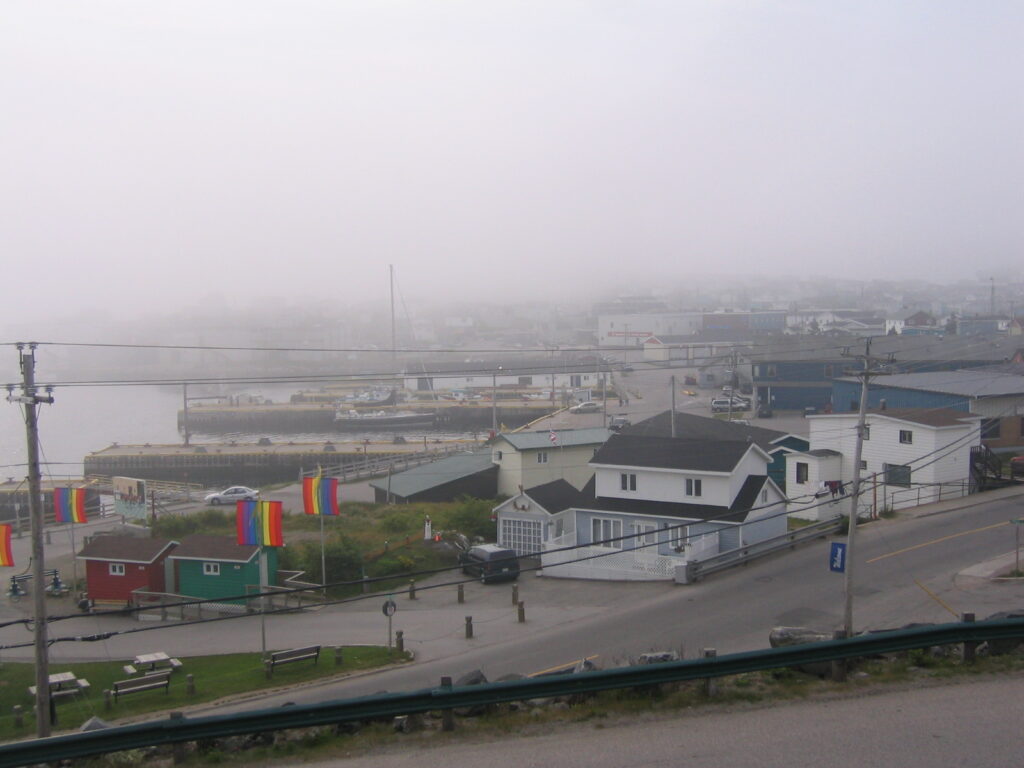
7. They almost certainly took on fresh water from Dead Man’s Brook, which flows into Port aux Basques harbour, during their stopovers.
8. Port aux Basques is first seen on a 1687 Johannes van Keulen map of the area.
9. Permanent settlement came from French fishermen who overwintered on this, the French Shore, using rights given under the 1713 Treaty of Utrecht which saw France cede its claims in Newfoundland to Great Britain in exchange for right of use of coastal lands for the fishery.
10. With the fishery being the economic mainstay for both French and British settlers in the area, Channel-Port aux Basques appeared destined to remain a collection of small fishing villages.
11. The town is called “Siinalk” in the Miꞌkmaq language.
12. In 1856, an underwater telegraph cable was successfully laid between Newfoundland and Cape Breton Island, making landfall nearby.
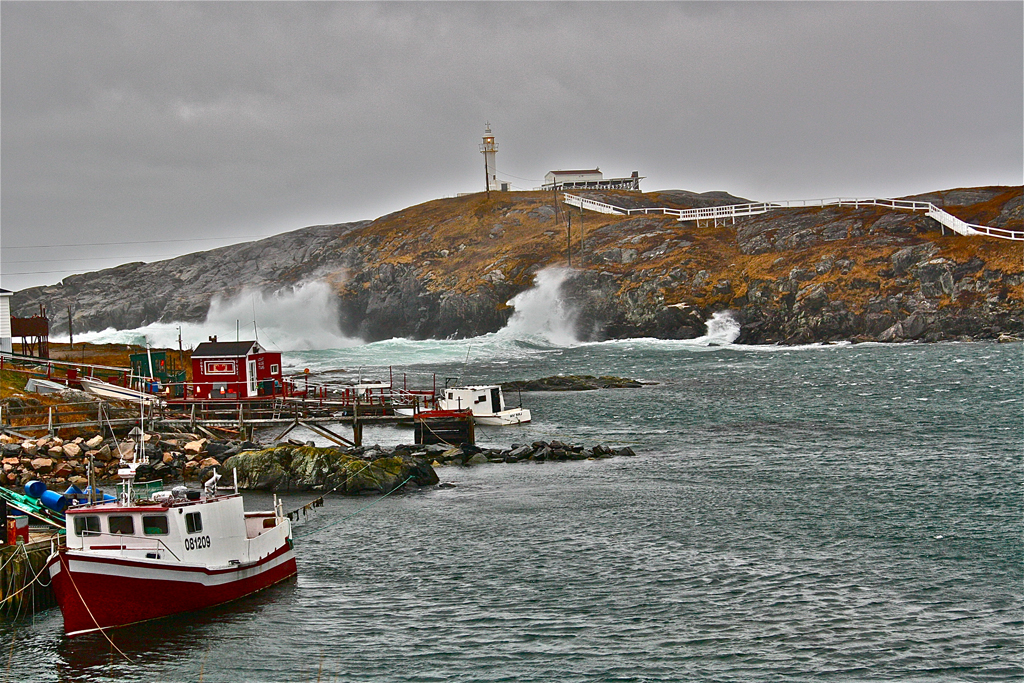
13. This was the first step in the race to complete a trans-Atlantic telegraph cable.
14. A telegraph station was opened in Port aux Basques in 1857.
15. As of the 2016 Canadian Census the population of Channel-Port aux Basques was 4,067 a decrease of 2.5% from the 2011 Canadian Census and an area of 38.77 km2 (14.97 sq mi).
16. The population centre had 3,665 people in an area of 4.89 km2 (1.89 sq mi).
17. Both the Trans-Canada Highway and the Trans Canada Trail have their Newfoundland and Labrador start and end points in Port aux Basques.
18. In the 1880s, the Government of Canada erected a lighthouse at nearby Cape Ray which, despite being in the then-separate British colony of Newfoundland, was considered a navigation hazard for vessels bound for Canadian ports in the Gulf of Saint Lawrence.
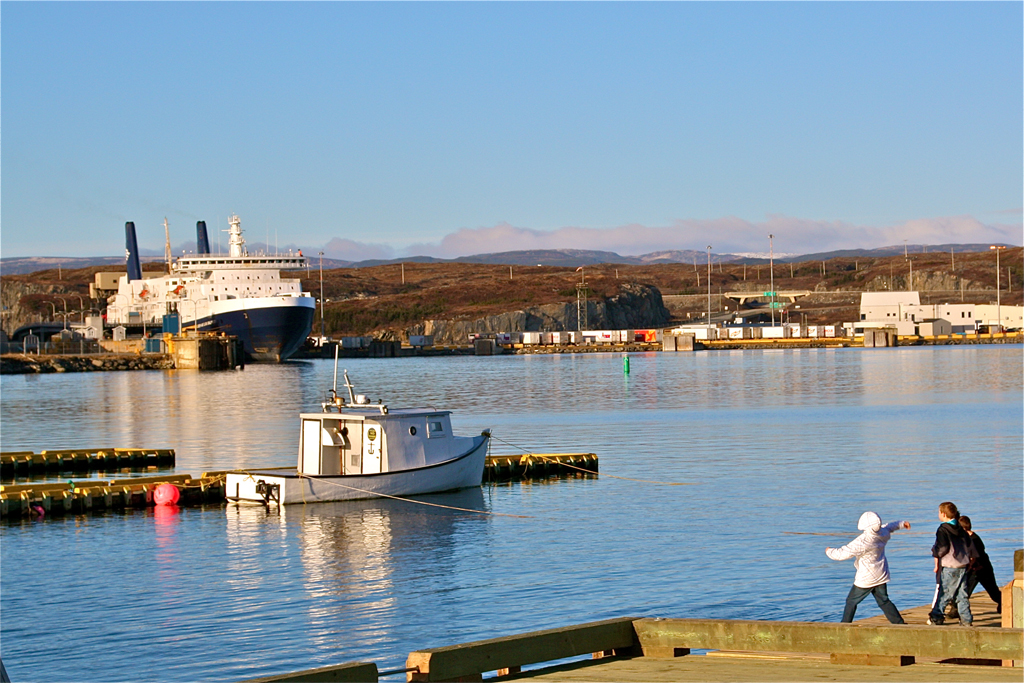
19. In 1893, it was decided to extend the western terminus of the Newfoundland Railway (then under construction west from the Avalon Peninsula by Robert G. Reid) from St. George’s to Port aux Basques harbour.
20. By 1897 the tracks reached Port aux Basques, although the harbour facilities had not been built at that time to handle the steamer Bruce, which had been built in Scotland and had arrived in Newfoundland several months earlier. While the required docks were constructed, the Bruce operated between Little Placentia Sound and North Sydney, Nova Scotia from October, 1897 until June, 1898.
21. Port Aux Basques is served by air via Stephenville International Airport, located 145 km (90 mi) north of the town. Regular domestic air service to St. John’s International Airport and Deer Lake Regional Airport is provided by PAL Airlines year round. Sunwing Airlines provides service to Toronto Pearson International Airport from May to October. Porter Airlines flies to Halifax Stanfield International Airport, Ottawa Macdonald–Cartier International Airport and Billy Bishop Toronto City Airport on a seasonal basis and Air Saint-Pierre offers summer service to Saint-Pierre Airport which serves Saint Pierre and Miquelon the French overseas collective off Newfoundland’s south coast.
22. On June 30, 1898, the first passenger train arrived in Port aux Basques, and Bruce departed for North Sydney shortly afterward. Over the years, the Newfoundland Railway expanded both the number of trains and vessels which called at Port Aux Basques.
23. In 1925 the steamer SS Caribou began service. She was attacked and sunk by the German submarine U-69 (1940) on 14 October 1942 with a loss of 137 lives, some from the Port aux Basques area. There were 20 widows from Caribou sinking in the Port aux Basques area.
24. The Town of Port aux Basques was incorporated in 1945 with Samuel (Sam) Walters as the first mayor.
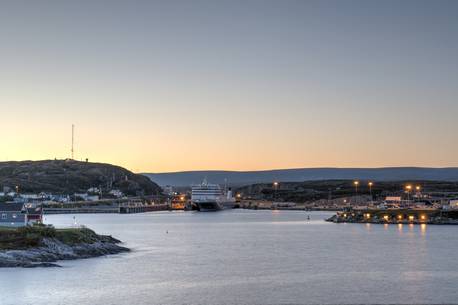
25. The Port aux Basques campus of the College of the North Atlantic first opened as the District Vocational School in September 1963.
26. The school was constructed by M.R. Chappell of Nova Scotia because Lundrigan’s Ltd of Corner Brook, who was constructing the other District Vocational Schools in Newfoundland, couldn’t move their equipment and supplies over the uncompleted road from Corner Brook to Port aux Basques.
27. The Trans-Canada Highway from Corner Brook to Port aux Basques was completed in 1965.
28. Channel-Port aux Basques experiences a marine-influenced subarctic climate that has the Köppen climate classification code of (Dfc).
29. The location has strong seasonal lag as well as being cold for the latitude. This is since it is being influenced by the Icelandic Low and the Labrador Current, which renders a rare combination of cold and snowy winters along a seacoast at 47°N. In summer the warmup is strongly delayed by the cold waters and westerly winds from the interior of Canada are very cold in winter, further delaying the warming of the water.
30. As a result, August is clearly warmer than July, and even September is more than 2 °C (3.6 °F) warmer than June is. Even more impressive, September records the highest record highs and locals often perceive September as the warmest month. Winter precipitation often falls as snow, for a high annual yield, but rainfall even in the coldest of February is still quite common, which lowers the snow cover to average about 55 cm (22 in) at its annual peak.

